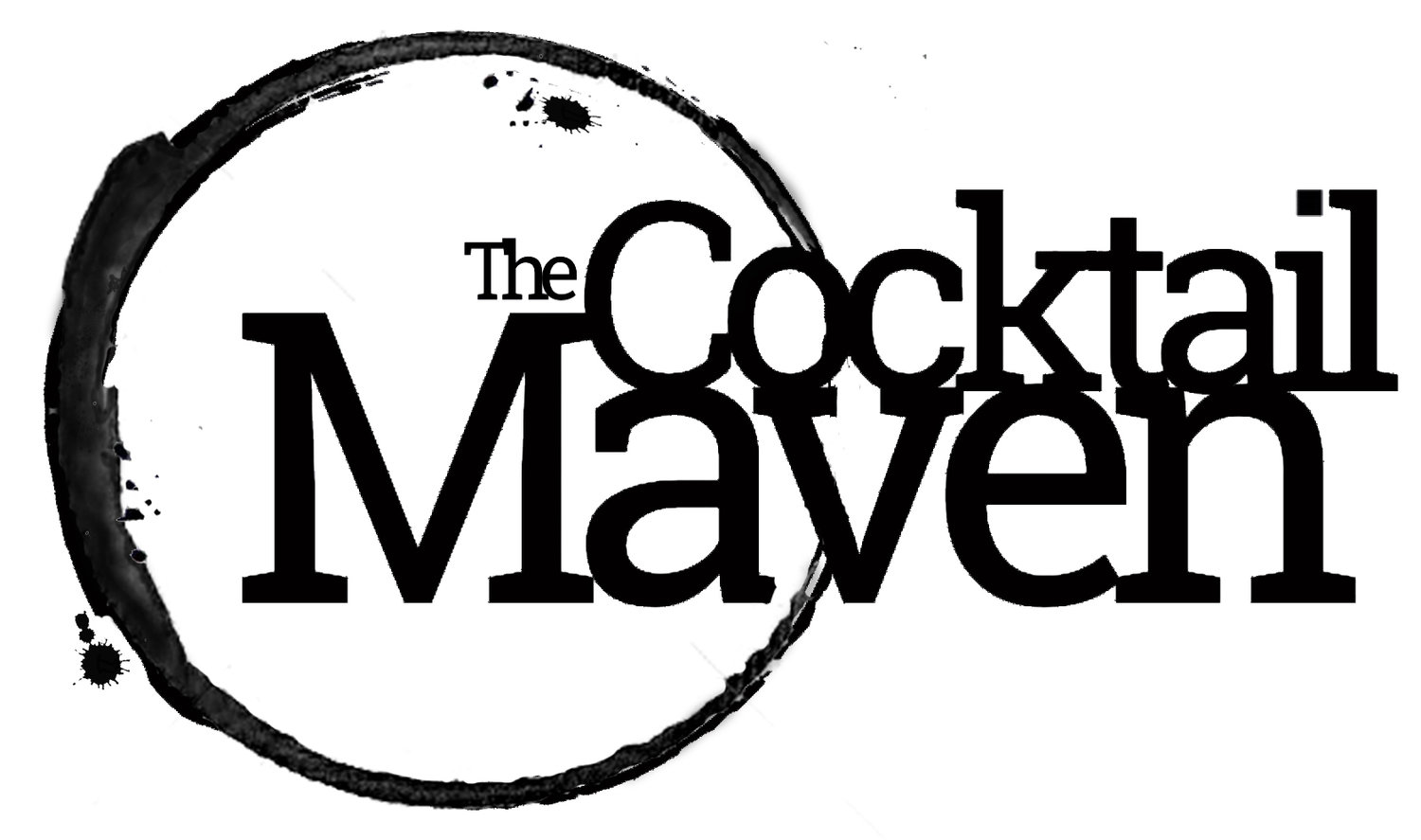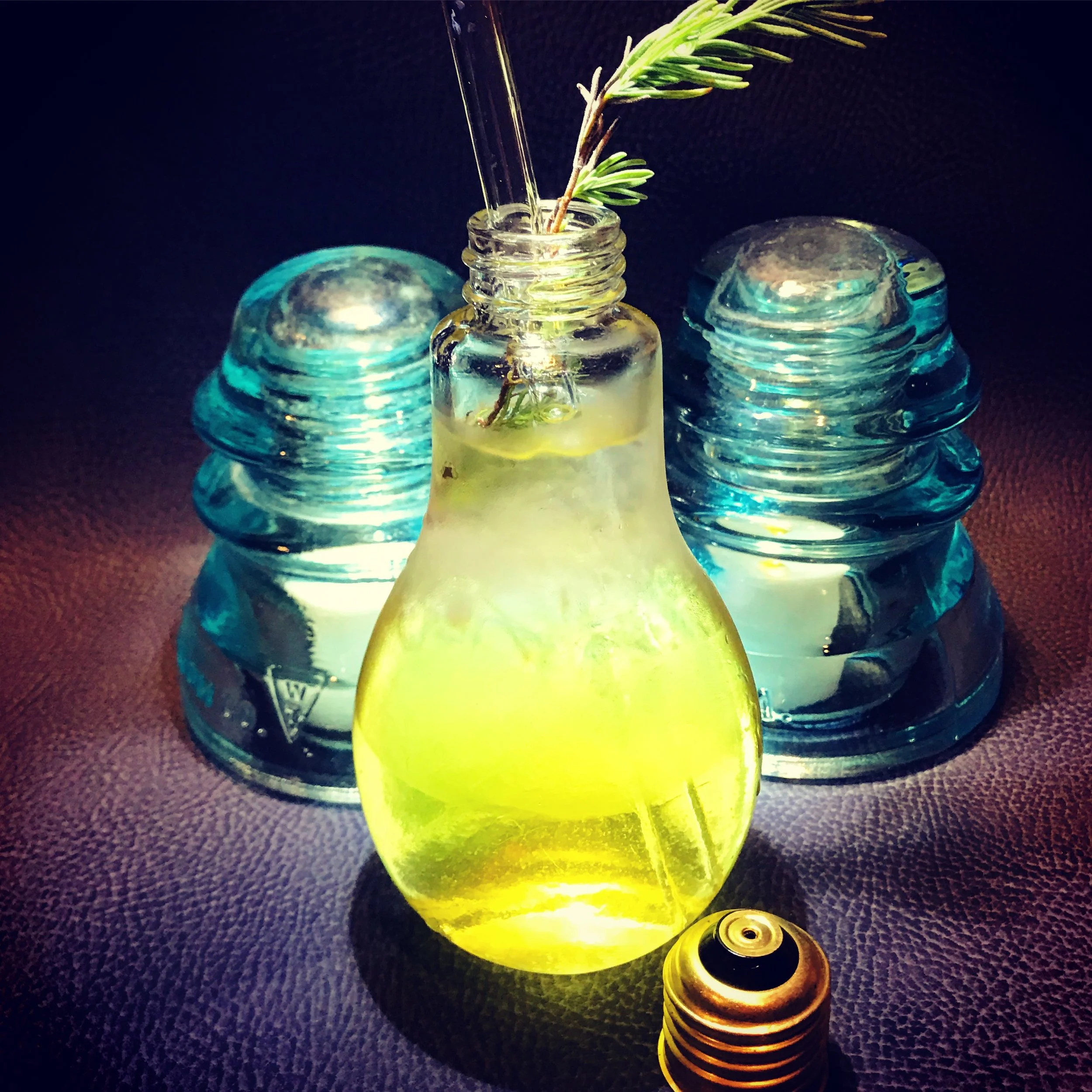The Last Word on Chartreuse
The history of spirits is often as intriguing as the spirits themselves. Green Chartreuse, which comes in at a whopping 110 proof, is one of my favorites. It is the only naturally green liqueur in the world made from 130 herbs and other plants. The recipe has remained a secret for over 400 years. I pulled together an abbreviated history from a variety of sources. I’ll list a few at the end if you want to read more.
According to tradition, a Marshal of French King Henry IV, presented the Carthusian monks at Vauvert, near Paris, with an alchemical manuscript that contained a recipe for an "elixir of long life" in 1605. It was likely already quite old at the time. The recipe eventually reached the religious order's headquarters at the Grande Chartreuse monastery in the Chartreuse range of the French Alps. It was so complex it took years to unravel the mystery of the ingredients. (Perhaps the vow of silence slowed them down) Finally in 1737 the monks drew up the practical formula for Chartreuse. The beverage soon became quite popular as a medicine, and in 1764 the monks adapted the elixir recipe to make what is now called Green Chartreuse.
The Grand Chartreuse Monastery located high in the French Alps.
In 1793, the monks were expelled from France along with all other religious orders and manufacture of the liqueur ceased. A copy of the manuscript was made and kept at the Monastery. The original left with the monks. On the way to exile in Spain, a monk was arrested and sent to prison in Bordeaux (on the other side of the country). He was not searched and was able to secretly pass the manuscript to one of his friends: Dom Basile Nantas.
This friend was convinced that the order would remain in Spain and never come back and that the manufacturing of the liqueur would cease. So he sold the manuscript to a pharmacist in Grenoble which is about 30km (19 miles) south of the Monastery. Neither the friend nor the pharmacist (Monsieur Liotard) ever attempted to make the liqueur.
In 1810, Napoleon ordered that all "secret" recipes of medicine be sent to the Ministry of Interior for review. The manuscript was sent back to Paris and reviewed it was returned as "Refused" with the reasoning that it was not a secret but rather well known. At the death of the pharmacist, his heirs returned the manuscript to the monks who had been back at the Monastery since 1816.
The monks were again expelled from the monastery following a French law in 1903, and their real property, including the distillery, was confiscated by the government. The monks took their secret recipe to their refuge in Tarragona, Catalonia, and began producing their liqueurs with the same label.
At the same time, the corporation in Voiron that obtained the Chartreuse assets from the French Government, produced a liqueur without benefit of the monks' recipe which they sold as Chartreuse. While the French corporation was acting legally in France, the monks successfully prevented the export of the liqueur to many other countries, since the order retained ownership of its foreign trademark registrations, largely because the recipe had been kept secret.
A random fun fact, on the night of the sinking of the Titanic in 1912, one of the dishes for First class passengers was a Chartreuse based dessert.
First Class Dinner Menu on the RSS Titanic April 14, 1912 the night it sunk.
Sales at the French company were very poor, and by 1929, it faced bankruptcy. A group of local businessmen in Voiron bought all the shares at a low price and sent them as a gift to the monks in Tarragona.
The monks returned to their distillery, which had been built in 1860 at Fourvoirie, about 4 miles from the Monastery, and resumed production of the true Chartreuse liqueurs.
Life high in the French Alps is nothing if not treacherous. A landslide destroyed the distillery and part of the monastery in 1935. Click here to watch the video. But this time the French government actually helped. They assigned Army engineers to relocate and rebuild it at a location near Voiron where the monks had previously set up a distribution point.
After World War II, the government lifted the expulsion order, making the Carthusian brothers once again legal French residents.
Today, the liqueurs are produced in Voiron (about 25km west of the monastery) using the herbal mixture prepared by two monks at Grande Chartreuse. They are the only ones to know the secret recipe. Finally, these liqueurs are aged for a decade in huge oak casks and placed into the world’s longest liqueur cellar for maturation. There is enough liquid currently in the cellar to fill Over one million bottles.
The Chartreuse cellar, look at the size of those barrels!
The sales of the liqueurs allow the Carthusian Monks the funds necessary to survive in this commercial world and give to them the ability to dedicate their lives to prayer and meditation. The distillery is open for tours which are available in English and French.
The cocktail featured on this page is likely the most famous of the cocktails containing Chartreuse. The Last Word is a Prohibition-era cocktail that got its beginnings in the Detroit Athletic Club’s bar in the early 1920s. The cocktail survived for a few decades in America’s bars and pubs and was even featured in Ted Saucier’s Bottoms Up in 1951, but soon faded into obscurity. In 2005 Murray Stenson working at the Zig Zag Café in Seattle, was reading Saucier’s book in a bid to find that special something when he happened upon The Last Word. He added it to the menu and it became an instant classic. It’s and equal parts cocktail.
.75 ounce Gin
.75 ounce lime juice
.75 ounce Green Chartreuse Liqueur
.75 ounce Luxardo Maraschino liqueur
Shake with ice and strain into a cocktail glass
The history of Chartreuse is complex, I made a simple map (below) of the locations so you can get a sense of the location of the cities mentioned in the article. If you are interested in more reading on the history of Chartreuse here a couple options:
2018 Blog Post from Camper English on the places Chartreuse has been distilled with interactive maps.
This is a very basic map I created to help provide context on the locations in the article.











